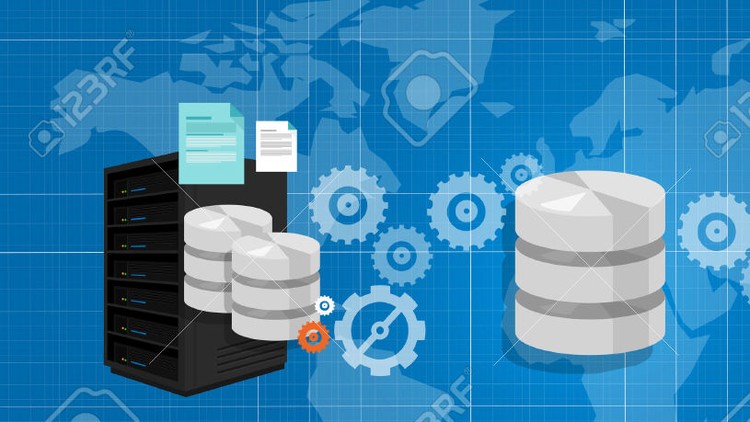Here’s a progression of hands-on projects that start with basic concepts and gradually advance to more complex scenarios in Oracle Data Integrator (ODI):
- Basic Project Setup and Data Loading:
- Create a simple ODI project.
- Set up connections to source and target databases.
- Design a basic interface to extract data from a source table and load it into a target table.
- Execute the interface and verify the successful data load.
- Transformation and Data Quality:
- Extend the previous project to include data transformations.
- Implement basic transformations such as data type conversions, filtering, and aggregations.
- Apply data quality techniques like data validation and cleansing.
- Test the transformations and validate the quality of the integrated data.
- CDC and Incremental Updates:
- Enhance the project to support Changed Data Capture (CDC).
- Implement CDC techniques to identify and capture incremental changes in the source data.
- Configure the interface to load only the changed data into the target table.
- Execute the interface and verify the proper handling of incremental updates.
- Scheduling and Automation:
- Integrate scheduling and automation into the project.
- Set up a schedule to run the interface at regular intervals.
- Configure dependencies and sequencing for multiple interfaces.
- Monitor and manage the scheduled executions using the ODI Operator.
- Advanced Transformations and Data Manipulation:
- Extend the project to include more advanced transformations.
- Implement complex mappings using ODI’s transformation capabilities.
- Apply business rules and data enrichment techniques.
- Use ODI variables and user functions to enhance the flexibility and reusability of the transformations.
- Advanced Error Handling and Reconciliation:
- Implement advanced error handling mechanisms.
- Configure error tables to capture and store error records.
- Implement error handling and recovery mechanisms for data integration failures.
- Develop reconciliation processes to identify and resolve data discrepancies.
- Parallel Execution and Performance Optimization:
- Optimize project performance through parallel execution.
- Configure parallelism settings for interfaces and mappings.
- Leverage ODI’s parallel execution features to improve data integration throughput.
- Optimize SQL queries, indexes, and database settings for performance gains.
- Advanced Integration Scenarios:
- Tackle more complex integration scenarios.
- Integrate data from multiple source systems with varying data formats and structures.
- Implement complex mappings and transformations to consolidate and harmonize the data.
- Handle complex business rules and data validation requirements in the integration processes.
- Customization and Extensibility:
- Explore ODI’s customization capabilities.
- Utilize the ODI SDK to extend ODI functionality programmatically.
- Develop custom Knowledge Modules (KMs) to handle specialized integration requirements.
- Create and integrate custom ODI plugins for specific data integration tasks.
- Real-time Integration and Event-Driven Architecture:
- Implement real-time integration scenarios using ODI.
- Integrate with messaging systems or event-based architectures.
- Develop ODI interfaces that respond to events and process data in near real-time.
- Implement event-driven data integration solutions.
These hands-on projects cover a range of ODI concepts and progressively introduce more advanced features and scenarios. They provide practical experience and help you build proficiency in designing and developing data integration solutions using ODI.
SHARE
